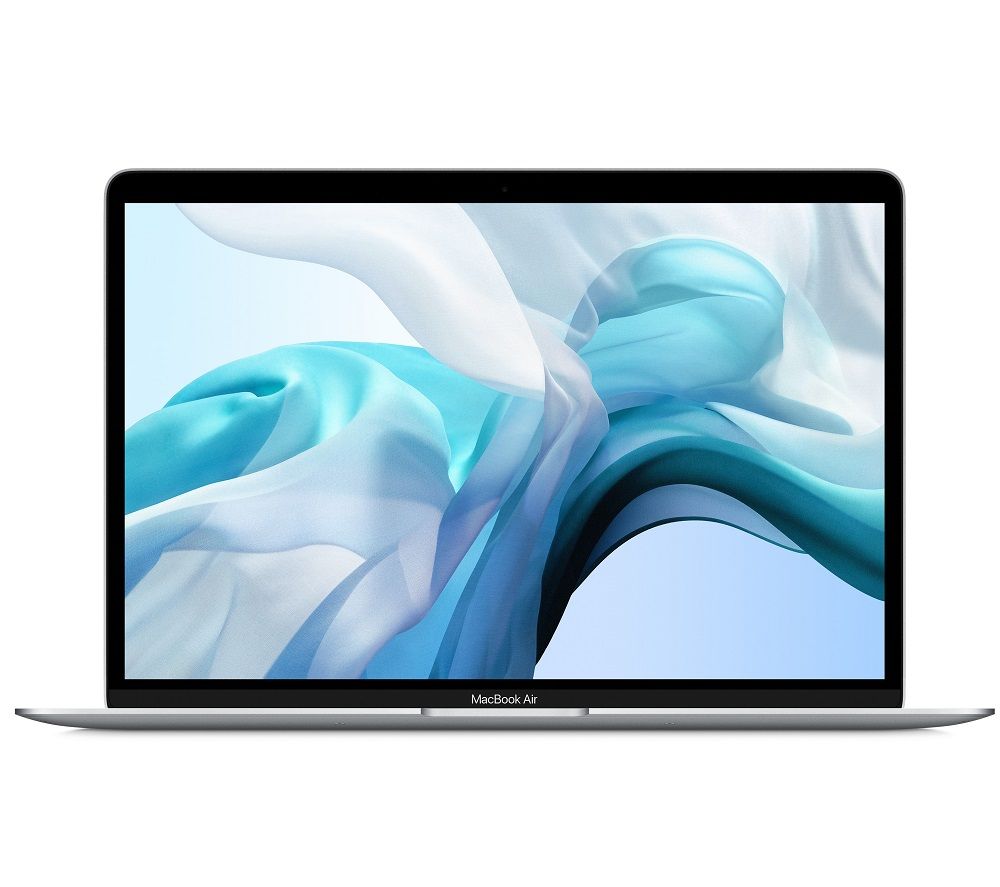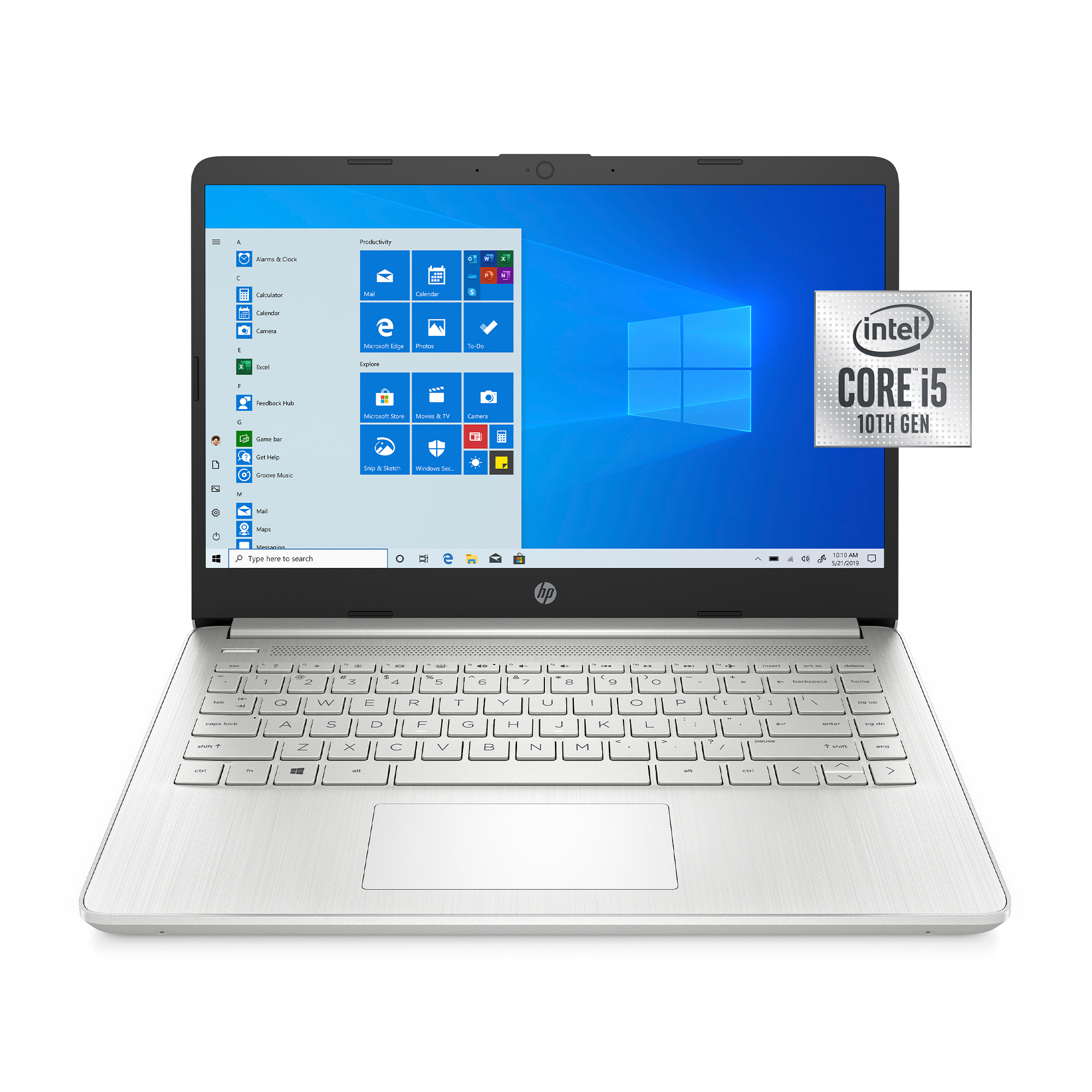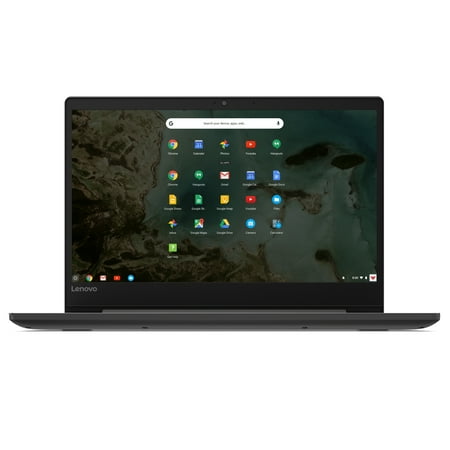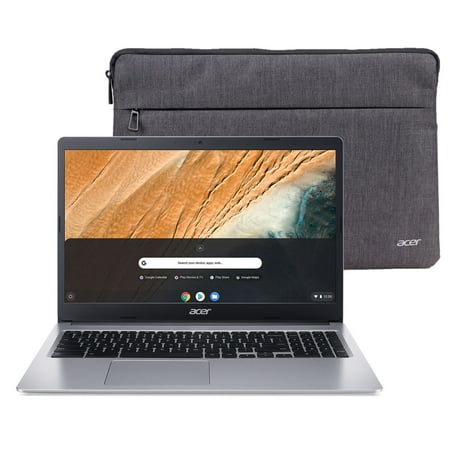APPLE MacBook Air 13.3″ (2020) – Intel® Core™ i5, 512 GB SSD, Silver
OS X 10.15 Catalina. Intel® Core™ i5 Processor. RAM: 8 GB / Storage: 512 GB SSD. Retina display. Battery life: Up to 12 hours.
Incredibly light and boasting a speedy performance, get your work done anywhere with the MacBook Air (2020). And made from 100% recycled aluminium, it’s the greenest MacBook yet.
Combining impressive Intel® UHD Graphics with a stunning Retina Display screen, everything from blockbuster movies to everyday browsing is a visual joy. With True Tone technology, your display will automatically adjust to your environment – so web pages and emails look as natural as if they were printed.
Now featuring a Magic Keyboard, enjoy responsive and quiet typing as you work on your essay. And the larger Force Touch trackpad gives your more room to pinch and zoom.
SSD for superfast loading
At the heart of the MacBook Air is a solid state drive with 512 GB of storage space. So, there’s plenty of room for your work projects, movies, photos and music. SSD storage gives you lightning fast loading times, so you can get to your files in a flash.
Browse all day with up to 12 hours of battery life
Forget the mid-day recharge. The MacBook Air will give you up to 11 hours of web browsing, or up to 12 hours of the content you love on Apple TV. That’s plenty for the entire working day, as well as your entertainment on the journey to and from the office.
Unlock your MacBook securely with Touch ID
Forgotten passwords are a thing of the past thanks to the MacBook Air‘s Touch ID sensor. Simply place your finger over the sensor to unlock with nothing but your fingerprint, for effortless security wherever you are. It’s great for accessing sensitive documents and system settings too, so you can keep everything important safe, without needing a password.
Additional information
| Screen size | 13.3" |
|---|---|
| Box contents | – Apple MacBook Air 13.3" (2020) |
| Dimensions | 16.1 x 304.1 x 212.4 mm (H x W x D) |
| Weight | 1.29 kg |
| Manufacturer’s guarantee | 1 year |
| Software | – Photos |






by Beth
Long battery life, easy set up, works well.
by Juliana
The macbook is incredible and the delivery was very quickly.
by Paul
Quality, lightweight, compact, m1 processor.
by Anthony
It has a fast response of operation, and is a dream to use. Its size is excellent for carrying around.